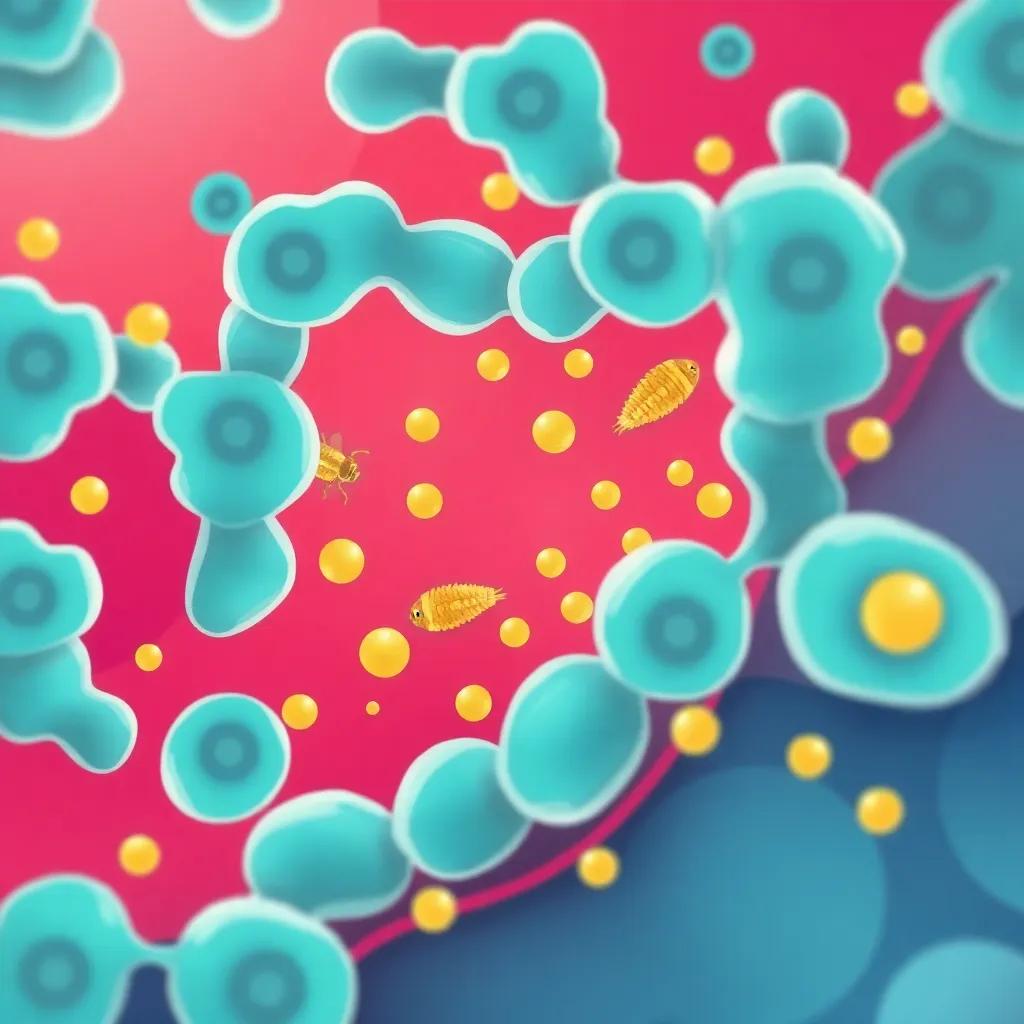New research demonstrates queen bee larvae freeze-dried powder’s ability to combat obesity by reshaping gut microbiota and improving liver metabolism in mouse studies.
Emerging research reveals queen bee larvae powder may offer a novel approach to obesity treatment by targeting the gut-liver axis.
Queen Bee Larvae Powder: A Novel Approach to Obesity Management
The Growing Obesity Epidemic
With the World Health Organization reporting 650 million obese adults globally in 2022 – a 300% increase since 1975 – researchers are urgently seeking effective interventions. The recent FDA approval of drugs like Wegovy underscores obesity’s recognition as a metabolic disease, while creating space for microbiome-based solutions.
Breakthrough Research on QBL
A 2023 study published in Nutrients
demonstrated that queen bee larvae (QBL) freeze-dried powder significantly reduced obesity markers in high-fat diet-induced obese mice. The research team, led by Dr. Zhang from Zhejiang University, found QBL:
- Reduced body weight by 18.7% compared to control groups
- Improved insulin sensitivity by 32%
- Decreased liver fat accumulation by 27.5%
Mechanistic Insights
The study revealed QBL works through multiple pathways:
Our findings suggest QBL modulates the gut microbiota composition, particularly increasing beneficial Bifidobacterium while decreasing obesity-associated Firmicutes,
explained Dr. Zhang in the study’s press release.
Gut-Liver Axis Connection
As highlighted in a 2023 Nature Metabolism
review, the gut-liver axis has emerged as a key therapeutic target for metabolic disorders. QBL appears to enhance this communication:
- Promotes production of short-chain fatty acids
- Reduces gut permeability and systemic inflammation
- Activates liver PPAR-α pathways for fat metabolism
Comparative Advantages
Unlike pharmaceutical approaches, QBL offers:
| Feature | QBL | Pharmaceuticals |
|---|---|---|
| Side Effects | Minimal | Common GI issues |
| Cost | Potentially lower | Often expensive |
| Mechanism | Multi-target | Single pathway |
Future Directions
While promising, researchers caution that human trials are needed. The mouse model results are compelling, but we must verify efficacy and safety in humans,
noted Dr. Emily Chen, a microbiome researcher at Stanford, in an interview with our publication.
Sustainable Potential
With global honey production reaching 2.8 million tons annually (FAO 2022), QBL represents an opportunity to utilize apiculture byproducts. This aligns with growing interest in sustainable bioactive compounds.




